New York State is now home to 400 breweries, surpassing the previous record of 393 breweries set in 1876. Sure, the craft beer boom produces eye-popping numbers like this all of the time now, but this one stands out a little bit. While breweries in some states are still fighting battles over basic stuff like being able to sell their own beer their own customers that specifically come and visit them, New York State encouraged the growth of a booming industry that has shown a legit economic impact outside its own fermentation tank walls.
“Once one of the largest producers of beer in the country, New York continues to lower the costs of business by modernizing laws and rolling back red tape to restore the Empire State as the standing leader in the craft beer manufacturing industry,” Governor Cuomo said. “The enormous growth New York’s craft beverage sector has experienced in recent years is a testament to the innovation, entrepreneurship and hard work of our brewers, who are creating jobs, driving tourism, helping our local farms, and instilling pride in every corner of this great state.”
Farm brewery license boom
The number of breweries has skyrocketed in New York since Governor Andrew Cuomo hosted the state’s first Wine, Beer and Spirits Summit in 2012, with 243 new breweries obtaining licenses, and beer being brewed in 57 of the state’s 62 counties. Additionally, 202 new farm brewery licenses have been issued since the Governor’s farm brewery law went into effect on January 1, 2013, , mirroring the highly successful 1976 Farm Winery Act that lead to the tremendous growth of wineries and grape production throughout New York.
The new farm brewery license allows craft breweries that use ingredients grown in New York to conduct onsite tastings, open restaurants, engage in self-distribution, and open up to five no-fee off-site branch stores anywhere in the state. In just five years, 202 licenses have been issued, in addition to 29 farm brewery branch stores with tasting rooms now operating throughout New York.
“Existence of craft breweries telegraphs that downtowns are vibrant places to gather and socialize,” said Lieutenant Governor Kathy Hochul. “The upstate resurgence is visible in brewing rooms across the state – young entrepreneurs living their dreams, new production jobs in formerly abandoned buildings, and farms that have new markets for their products. The hundreds of brewers across the State are boosting our economy with an increase in jobs and visitors. I look forward to celebrating their continued success for years to come.”
The farm brewery law has also led to a resurgence in New York’s hop and barley production. According to Cornell University, in response to a rising demand for locally sourced agriculture, the acreage of hops grown in New York nearly doubled from 2014 to 2016, while the acreage of malting barley increased by 374 percent over the same two-year period. New York is also now home to thirteen malt houses, all of which have opened following the demand generated by the new farm brewery license. These have also generated employment and economic development for supporting industries, including bottling, construction, freight, printing and advertising, as well as growing agri-tourism in the state, augmenting New York’s $100 billion tourism industry.
“When I was hired as the first Executive Director of the New York State Brewers Association in 2013, there were less than 200 breweries in the state,” said Paul Leone, Executive Director, New York State Brewers Association. “The vast majority of these breweries are small manufacturing businesses that support their local communities and create thousands of jobs across the entire state. As a whole, the brewing industry in New York has contributed $4 billion to the state’s economy. This doesn’t happen without the passion and dedication of New York State brewers that are making incredible beer every day, and the unprecedented support from Governor Cuomo and state legislators who continue to cut red tape, provide opportunities for growth, and pass meaningful legislation for the brewing industry.”
Quick History of New York Craft Beer
The first commercial brewery in Colonial America opened in Manhattan in 1632, after settlers quickly realized the state’s climate was ideal for growing hops and barley. New York’s agriculture sector expanded throughout the 18th century and received a significant boost when the Erie Canal opened in 1825, helping promote the use of locally grown ingredients in beer production – a strong suit of New York’s craft beverage industry today. Later in the 19th century the state benefited from an influx of English, German and Irish immigrants who brought with them brewing skills that propelled New York into a thriving beverage boom. Between 1840 and 1900, New York grew more hops and brewed more beer than anywhere else in the country, with the number of breweries peaking in 1876 at 393.
By the close of the 19th century, developments in pasteurization, refrigeration, rail transport and bottling shifted the brewing industry from small-scale production for local consumption to an industry dominated by enormous breweries. By 1910, the number of brewers in the state fell to 194, while an epidemic of downy mildew devastated the state’s hop production, followed by the Prohibition in 1920, which finally killed off the industry. When beer production was legalized following the 21st Amendment in 1933, only a small handful of breweries in the state reopened.
Today, a new generation of entrepreneurs are reviving New York’s position as a leader in craft brewing. In October 2012, Governor Cuomo hosted the state’s first Wine, Beer and Spirits Summit, bringing together dozens of beer, wine, cider, and spirits producers, as well as farmers, researchers, industry officials, and tourism experts, who discussed with state officials, specific legislative and regulatory issues facing the beverage industry. Immediately following the Summit, the Governor implemented a host of regulatory changes to spur growth in the craft beverage industry, in addition to launching an aggressive marketing campaign to capitalize on the “buy local” movement.
Additionally, institutions including Cornell University, SUNY Morrisville, the Geneva Experiment Station and Hartwick College’s Center for Craft Food and Beverage are now engaged in research and offering testing of barely, malt and beer quality, while colleges including Erie Community College, Niagara Community College, the Culinary Institute of America, Schenectady Community College, Morrisville and Hartwick now have programs to train New York’s next generation of brewers.
Senator Rich Funke, Chair of the Committee on Cultural Affairs, Tourism, Parks and Recreation said, “The growth of craft breweries is a vital part of our economy in upstate New York, because it drives tourism, creates jobs and boosts the local economy. I’m proud to have worked with my colleagues in the legislature and Governor Cuomo to modernize and streamline our laws to incentivize more entrepreneurs to open breweries here and to have led the charge to provide the funding necessary to promote them. These efforts are clearly paying off now that we have broken the all-time record for the number of breweries operating across our state, and the future looks even brighter still.”

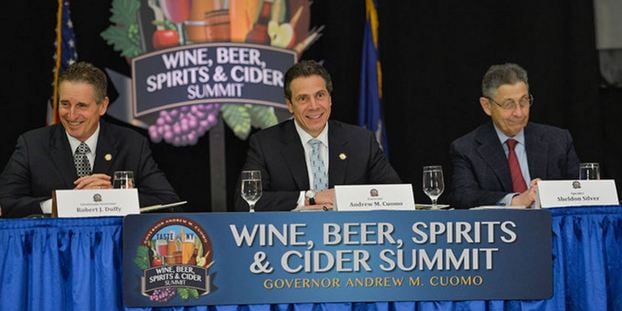
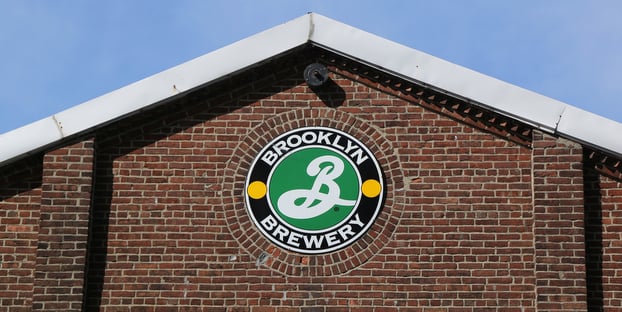
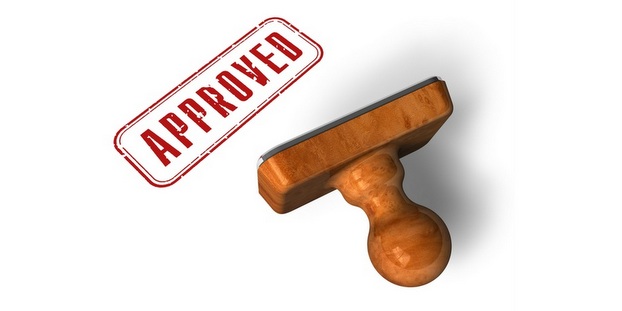
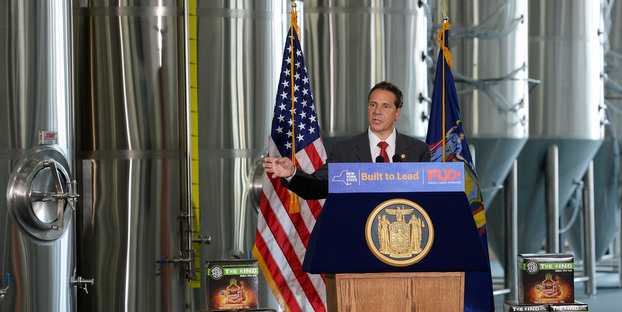
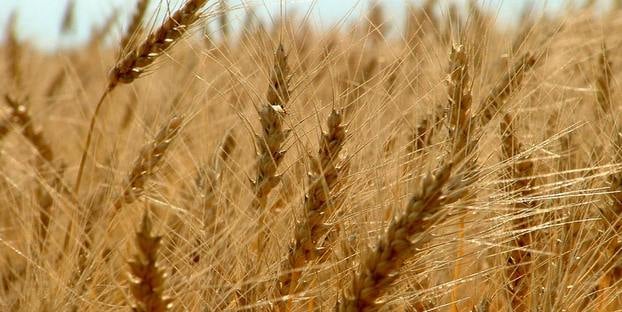
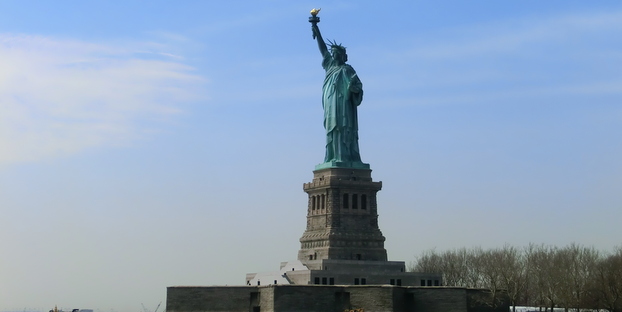
[…] more about how the Craft New York Act helped the industry. If you have questions about how to get a liquor license or the New York State liquor authority, […]